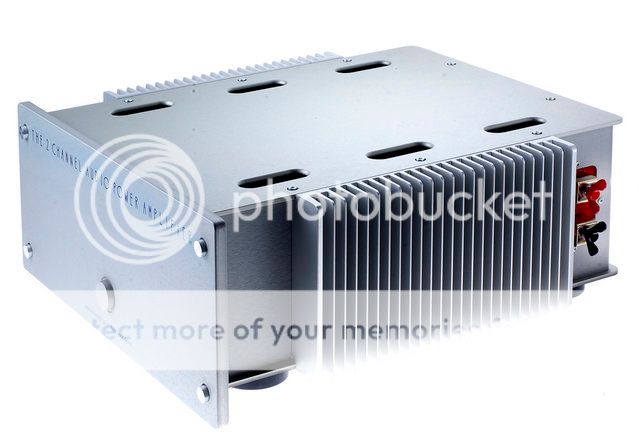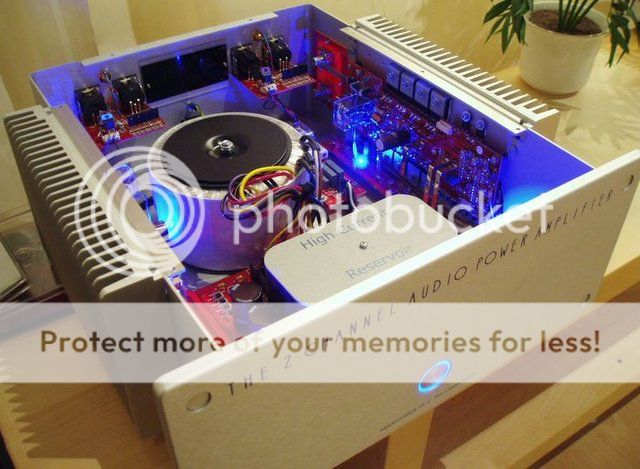radiorog said:Andrewjvt said:radiorog said:shadders said:Hi,Electro said:shadders said:Hi,Electro said:TrevC said:I have never heard an Abrahamson, but if it's anything like his silly god he can keep his amplifiers.
OK, I looked them (Abrahamsen) up. Made in China stuff, looks pretty so will automatically 'sound' good in sighted testing. Unfortunately they also market foo wire, a major negative in terms of credibility IMO. I have never heard any, but then I only ever hear stuff that goes faulty.
Abrahamsen amplifiers are all made in Sweden and it is unlikely that you will ever hear an Abrahamsen amp in that case .
The technical spec is far beyond anything near the price with a 1000va transformer , 100 amps of peak current delivery and transient power measured in kilowatts.
http://www.iqspeakers.co.uk/#!abrahamsen/ckbj
?
Is that 100amps per channel, or from the power supply? I examined the Web site and it seems that there are 3 power transistors per positive or negative swing of the waveform. I am not sure each could withstand 33.3amps each, even as a transient.
Regards, Shadders.
There are a total of 12 output transistors .
there are 6 transistors per channel, where only 3 conduct at one time per channel. Assuming each channel is on the positive swing then each transistor will have to conduct 16.65amps each to achieve the 100amps quoted.
From the website picture, the transistors are Toshiba 2SC3421 which have a peak continuous current capability of 1amp, and not 16.65amps. Pulse capability is 2 amps maximum, and safe operating is 3 amps for a one off pulse. This equates to 5 times less than shared 100amps/6=16.65amps.?
i believe that numbers quoted by people or manufacturers need to be reviewed and understood. The 100amps quoted sounds very impressive, yet the output relay has a maximum capability of 16amps.
One channel has a maximum peak output of 9 amps (based on transistors) as a single non repeatable transient.
Or 6amps as a repeated pulse on the output.
Or 3amps continuous per channel, which is 6amps continuous per amplifier (both channels).
Much less than the quoted 100amps.
Regards,?
Shadders.
Hi Shadders, also if you have time, could you have a look how the roksan k3 compares. Thank you.
?
I take it the k3 is n improvement so would like to hear it. The abe wont go as loud as your k3 but may deal better with demanding speakers at higher volume. As long as your happy thats the main thing.
K3 Gets great reviews also and looks very well made
You are correct here. I recently did a side by side audition of the k3 and abrahamsen, and one thing did surprise me was that the k3 was quite a bit louder/had more power. Written experience to follow soon, when I get some down time 🙂
Well dont know where you live but once ive got my atc scm40s you are welcome to come over to mine and test them with your amp and have a listen to mine. Believe me they sound much better in the home than in the shop.




